
Prefab houses offer a significant advantage in the construction industry due to their rapid build time. Unlike traditional construction, which can be subject to weather delays and extended timeframes, prefabricated homes are assembled from pre-made components, allowing for a much faster construction process. This efficiency not only saves time but also potentially reduces labor costs.
In terms of cost-effectiveness, prefab homes generally come at a lower price point than conventional homes. This affordability is partly due to the controlled manufacturing environment, which minimizes waste and optimizes resource use. Additionally, the reduced construction time means less spending on the overall building process.
Another notable benefit of prefabricated houses is their reduced environmental impact. The precision of factory construction leads to less material waste and a smaller carbon footprint. Moreover, the durability of these homes can be an advantage, as they are designed to be relocated if necessary, which can mitigate the need for new construction should the homeowner decide to move.
Despite concerns about their strength and stability, especially in the face of natural disasters, prefab homes are engineered to be robust and can be adapted to various climates, making them a versatile option in diverse environments. The balance of speed, cost, and environmental considerations positions prefabricated houses as a compelling choice within the construction industry.




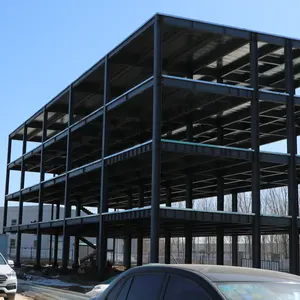

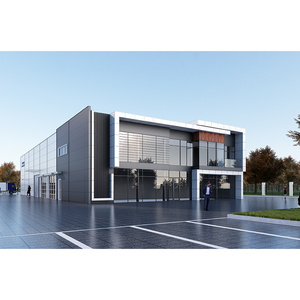





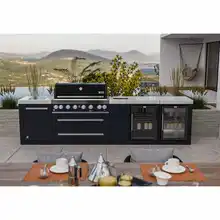

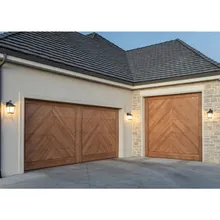




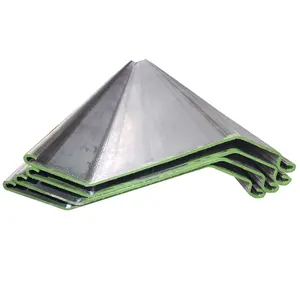

















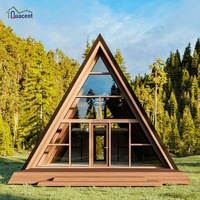










 浙公网安备 33010002000092号
浙公网安备 33010002000092号 浙B2-20120091-4
浙B2-20120091-4